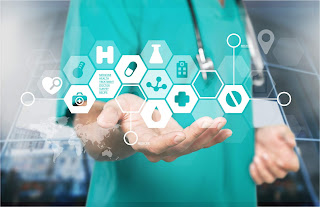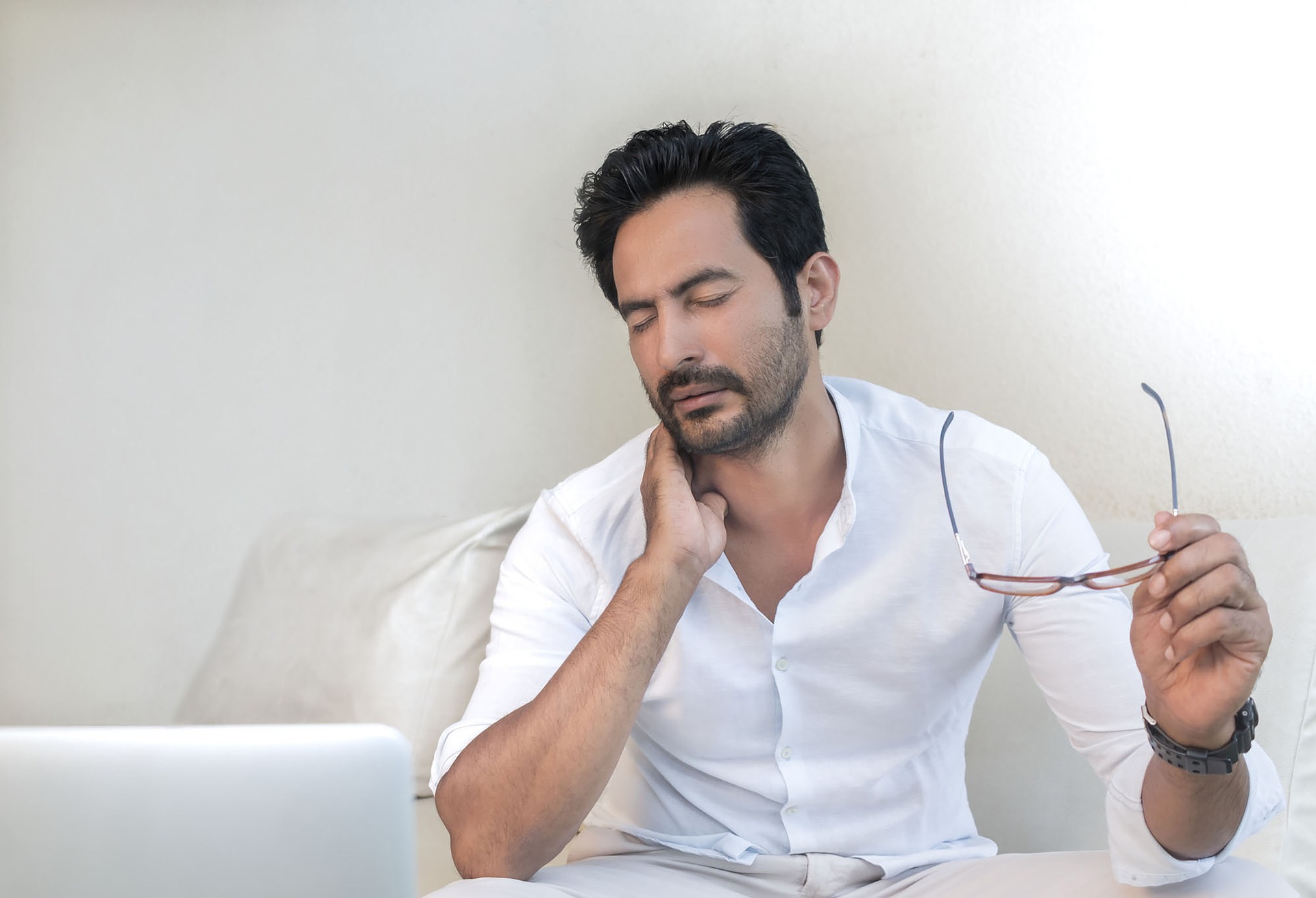
Too often I see people suffer from years, sometimes decades, of lower back pain. I have many questions when I see these patients. What treatment, if any, have they been getting and was it helpful? What kinds of things and activities help or aggravate their condition? Do they exercise? If yes, then what kind of exercise? And what are their eating habits? I also prefer seeing their X-rays, MRIs and other doctors’ reports, to get a full picture of what is the most likely cause of their pain.
Some questions they ask frequently are: How come, after all these years, I still have pain that will not go away? Will I ever get better? Must I have surgery to get better?
They also tell me they have had physical therapy, chiropractic treatment, acupuncture, even surgery, and if anything, their pain is worse.
Pain is a fascinating but peculiar thing. Many people with chronic back pain have no tissue damage, yet others may have various bulges, even herniations of their discs, but have little or no discomfort. In general, pain can come from bones, joints, discs, ligaments, nerves, tendons and muscles. The most common reason I see for chronic spinal pain is degenerative disc disease.
Degenerative disc disease is a misnomer. It is neither degenerative nor a disease. The term “degenerative” is confusing, because it refers to the disc and not the symptoms. It was not meant to imply that the condition will get worse — though it often does. It is a condition produced by a damaged disc that may (but likely does not) produce pain.
The great majority of people in their 60s have degenerative disc disease, but very few experience pain from it. Not everyone with degenerative disc disease will feel pain and not all pain can be explained by degeneration. In fact, degenerative disc disease pain is most likely felt by people in their 30s and 40s.
Here’s what’s going on.
When we are born, water makes up 80 percent of disc matter, making it pliable and soft, acting like a shock absorber. Changes in the integrity of the outer disc layer — called annulus fibrosus — contribute to a breakdown of the disc’s structure. Over time, our discs become less spongy. They lose hydration and become more vulnerable to damage as the annulus fibrosus weakens.
However, to blame the problem simply on age wouldn’t be fair. There are plenty of older people who experience no degeneration, while 30 percent of healthy adults show degenerative disc disease on their MRIs, yet have no pain.
The discs themselves have no blood vessels to supply them with oxygen and nutrients to assist repair. The main source of circulation comes from the pumping action created by the contraction and expansion of cartilaginous tissue. This type of circulation depends entirely on forces associated with physical activity — in particular, weight-bearing activity. In an inactive person, the discs and cartilage surrounding the bones of the spine are as likely to degenerate as in an active person, despite all the wear and tear an active person exerts on their joints.

Since there are plenty of people who feel no pain but have degenerative disc disease, other factors must be at play. I believe underlying levels of inflammation play a big role here. In my practice, I see a strong correlation between inflammatory agents such as homocysteine, C-reactive protein (CRP) and fibrinogen, and the frequency, severity and duration of pain. Patients with low inflammatory markers also respond better to treatment. The body’s pH level, which is higher in those suffering from inflammation, also makes a huge difference. More acidic, more pain. More alkaline, less pain. This is a major reason why nutrition can affect pain and recovery.
Another factor that often goes unnoticed is in the muscles that surround the spine. These muscles help us to bend, turn, extend and to stand erect, etc. Stronger and more resilient muscles absorb and deflect the forces of impact to the discs and cartilage, thereby reducing the chance of injuring the disc, bone and cartilage in our spines.

A car analogy may help here. A car’s suspension system consists of tires, springs and shock absorbers that act together to cushion the ride for its occupants. In this analogy, tires are discs, springs are joints and shock absorbers are muscles. The job of a shock absorber is to provide strength and functionality, controlling body movement and ride. It exerts a stabilizing force on the tires, preventing them from hopping or bouncing over uneven terrain and helping them to be planted more firmly on the road surface. They absorb and deflect the majority of initial road impacts and body movement. Any remaining forces of impact are then passed on to the rest of the suspension.
Understandably, it is common for a person with spine pain to stop exercising for the duration of their pain, and even after that pain is gone. They are often told to lay off exercise, or have a perfectly rational fear that exercising would make it worse, that lifting wrong or twisting caused the initial injury. So they become inhibited and apprehensive about doing it.
Not only do they decrease the circulation to their joints and weaken their muscles, but often their morale is affected, causing negative changes in their diets. People quit their gyms and their healthy eating habits also fall by the wayside. An unintentional cascade of inflammation, pain and further degeneration sets in, rendering a person helpless in their pursuit of a pain-free life.
In my opinion, it is important to continue with weight-bearing exercise and activities that strengthen spine musculature, unless a person has acute pain. In that case, the acute pain should be treated first before any exercise program can begin. In my experience, and from medical literature, the most effective method for relief from acute back pain is acupuncture combined with an anti-inflammatory diet.
Personally, I am not a big fan of anti-inflammatory medications because of their side effects, but generally a short course shouldn’t affect one too negatively. I much prefer making changes in pain/inflammatory cascades and going to the root of the problem. Reversing the body’s production of pain and inflammation-causing factors is possible and easily achievable through nutrition and supplements. Here are some tips:
Avoid foods with a high glycemic index, including:
Sugar, refined carbohydrates, beef, pork and shellfish. Saturated, hydrogenated, trans fats and oils. Food additives, such as flavor enhancer, colorings, flavors, artificial sweeteners. Coffee, strong black tea, chocolate, sodas, fruit juices, fast food, junk food, all dairy (other than whey), alcohol and tap water.
Eat more green leafy vegetables, legumes such as chard, collard greens, kale, spinach, beet tops and parsley. Include high-quality protein, such as whey, hemp, soy, rice, or protein from wild fish (anchovies, bluefish, halibut, herring, lake trout, mackerel, salmon, sardines, shark, sturgeon, albacore and blue fin tuna), organic white chicken and turkey; olive, flaxseed, and blackcurrant oils.
Other general recommendations:
Increase your water intake, decrease the size of your meals and be more regular with eating. Don’t skip breakfast, eat a high-protein breakfast, don’t wait until you’re starving, don’t eat a big meal late, increase the protein-to-carbohydrate ratio of your meals (at least one gram of protein for gram and a half of carbohydrate), try and reduce the stress levels in your life.









